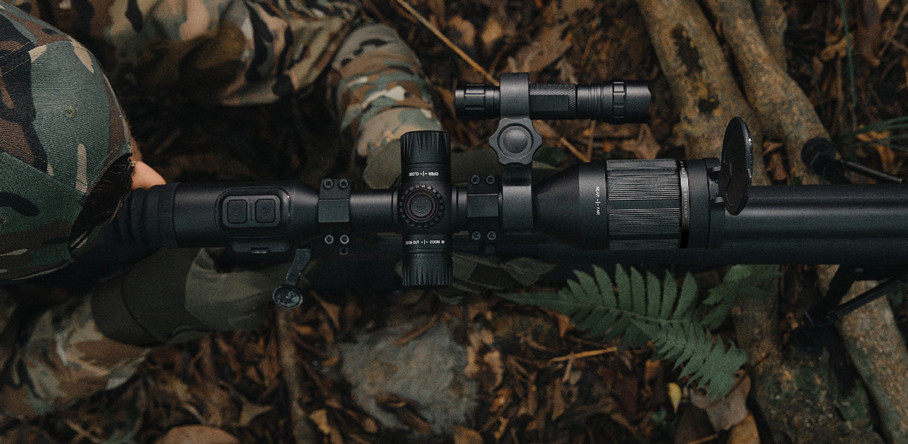
# Night Vision Scope Technology: Enhancing Visibility in Low-Light Conditions
## Introduction to Night Vision Scopes
Night vision scopes have revolutionized the way we see and operate in low-light conditions. These remarkable optical devices amplify available light, including near-infrared light, to provide clear images even in complete darkness. Originally developed for military applications, night vision technology has now become accessible to civilians for various purposes.
## How Night Vision Scopes Work
### Image Intensification Technology
Most modern night vision scopes use image intensification technology to enhance visibility. This process involves:
1. Capturing available light through the objective lens
2. Converting photons into electrons via a photocathode
3. Amplifying these electrons through a microchannel plate
4. Converting them back into visible light on a phosphor screen
### Thermal Imaging Technology
Some advanced night vision scopes utilize thermal imaging, which detects heat signatures rather than relying on visible light. This technology is particularly effective in complete darkness or through obscurants like smoke or fog.
## Generations of Night Vision Technology
Night vision scopes are classified into different generations based on their technological advancements:
– Generation 1: Basic amplification, requires some ambient light
– Generation 2: Improved resolution and brightness with microchannel plates
– Generation 3: Higher sensitivity with gallium arsenide photocathodes
– Generation 4: Reduced halo effect and better performance in low light
## Applications of Night Vision Scopes
### Military and Law Enforcement
Night vision scopes are essential tools for:
– Surveillance operations
– Search and rescue missions
– Tactical operations in low-light conditions
### Civilian Uses
Civilian applications include:
– Wildlife observation and hunting
– Security and surveillance
– Nighttime navigation and exploration
– Astronomy and stargazing
## Choosing the Right Night Vision Scope
When selecting a night vision scope, consider these factors:
– Intended use (hunting, surveillance, etc.)
– Required detection range
– Environmental conditions
– Budget constraints
– Battery life and durability
## Maintenance and Care
To ensure optimal performance:
– Store in a dry, temperature-controlled environment
– Clean lenses with appropriate materials
– Avoid exposure to bright light sources when powered on
Keyword: night vision scope
– Follow manufacturer’s guidelines for battery replacement
## Future of Night Vision Technology
Emerging technologies promise even more advanced night vision capabilities:
– Digital night vision with higher resolution
– Fusion systems combining multiple technologies
– Lighter and more compact designs
– Integration with augmented reality systems
Night vision scopes continue to evolve, offering increasingly sophisticated solutions for low-light visibility challenges across various fields.